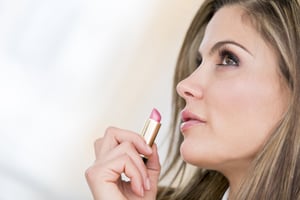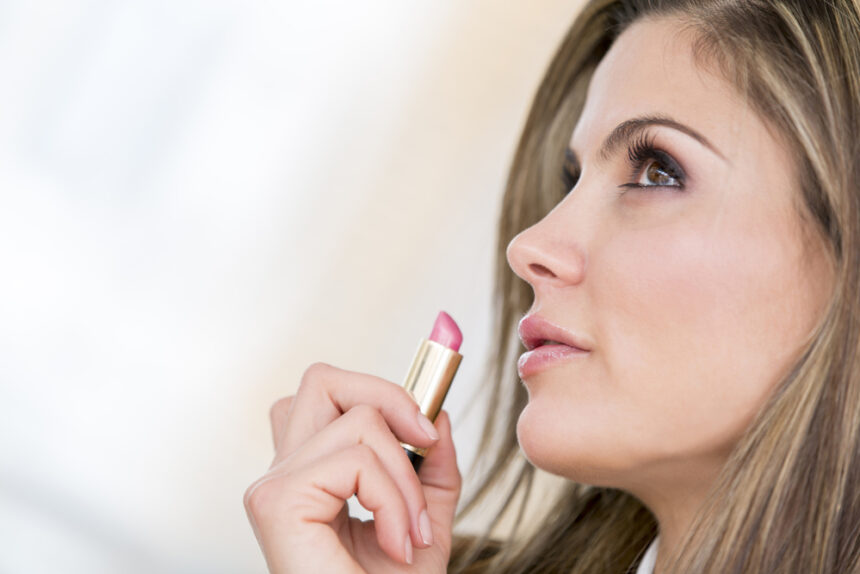 The cosmetics industry is constantly evolving and adapting to changing consumer preferences, advances in technology, and shifting economic conditions. As we look ahead to the next year and beyond, there are several key trends shaping the future of the cosmetics industry.
The cosmetics industry is constantly evolving and adapting to changing consumer preferences, advances in technology, and shifting economic conditions. As we look ahead to the next year and beyond, there are several key trends shaping the future of the cosmetics industry.
Here, we’ll explore some of the most important and influential of these trends and offer examples of the ways they are already changing how cosmetics and personal care products are manufactured, marketed, and sold.
1. Impact of Economic Uncertainty on Consumers
As the COVID-19 pandemic receded, the cosmetics industry bounced back in 2021, but beauty brands face a host of new challenges in 2023 given the impact of inflation, an uncertain economy, and geopolitical tensions.
In this environment, consumers are expected to increasingly gravitate to multi-functional and affordable beauty and personal care products, according to the report World Market for Beauty and Personal Care by Euromonitor International.
“Multifunctional products thrive during periods of uncertainty, which was the case during the Financial Crisis, and the same pattern is expected in the forecast period,” the report explains. High levels of stress among consumers will also increase demand for products that support a sense of self-care and emotional wellness.
2. An Emphasis on Sustainability
Another prominent trend shaping the cosmetics industry is a growing focus on sustainability. Consumers, particularly Millennials and Gen Z, are becoming increasingly aware of the environmental impact of the products they use and are looking for cosmetics that are eco-friendly.
“Sustainability strategies are no longer just the preserve of niche companies,” according to Euromonitor International’s report From Sustainability to Purpose in Beauty. Multinational corporations have rolled out a variety of new sustainability initiatives. For example:
- L’Oréal is testing eco-friendly alternatives to plastic
- Estée Lauder is working toward a more sustainable supply chain
- Procter & Gamble is experimenting with refill innovations
The report also notes that the sustainability trend has expanded to include social responsibility as well, which encompasses a wider range of issues surrounding animal cruelty, fair trade, and human rights.
3. Push for Eco-Friendly Packaging
With environmental concerns at the forefront of many consumers’ minds, there is also a growing trend towards eco-friendly packaging in the cosmetics industry.
“In responding to consumer demands for improved packaging sustainability, some brand owners are looking to recycled materials and easily recycled packs, while others are launching concentrated products that reduce single-use packaging waste, or exploring alternative materials to reduce reliance on oil-based plastics,” according to GlobalData’s report Beauty and Grooming Packaging Opportunities.
In a crowded market, sustainable packaging is a key area where cosmetics and personal care companies can innovate, drive brand loyalty, and communicate their commitment to the causes their customers care about.
4. Rise of Clean Beauty and Natural Ingredients
A related trend gaining momentum is the rise of “clean beauty,” which emphasizes non-toxic, safe ingredients. Due to widespread social media advertising and the impact of influencers, consumers are becoming more informed about the ingredients in their beauty products and are looking for brands that prioritize transparency and use safe, effective ingredients.
This trend represents a significant revenue opportunity. The global clean beauty market was valued at $7.22 billion in 2022 and is expected to reach $14.36 billion by 2028, growing at a healthy compound annual growth rate (CAGR) of 12.13% over the forecast period, according to a recent report by Daedal Research.
Although the demand for clean beauty is growing, the market faces several key challenges including the absence of a regulatory body or industry-wide standards and threats from counterfeit beauty products.
5. Growing Demand for Specialty Active Ingredients
Consumers are not only looking for more sustainable, natural ingredients, they also want ingredients backed by science with proven efficacy. As they go on the hunt for better products, consumers will increasingly search for specific ingredients and give less well-known brands a try, such as Timeless, Maelove, and The Ordinary.
As a result, active ingredients are playing a more prominent role; these include ingredients such as hyaluronic acid, vitamin C, vitamin E, collagen, coenzyme q10 (coq10), and many others.
The global active cosmetics market is growing at a fast pace and is expected to rise at a CAGR of 12.64% from 2021 to 2027 according to a recent report by Arizton Advisory and Intelligence. Skincare is the fastest growing segment by application, followed by haircare.
Where to Learn More
Need more cosmetics industry research? MarketResearch.com provides insightful, data-packed reports on just about every topic you can think of related to the cosmetics industry and personal care industry. We cover every part of the globe and a wide variety of market segments such as feminine hygiene, fragrances, hair care, soap and bath products, sun care, oral care, deodorant, and more.
Scroll through our latest cosmetics industry reports here from leading market research firms like Euromonitor, IBISWorld, MarketLine, and Frost & Sullivan. Find expert information on market size, market forecasts, market share, trends, opportunities, challenges, and leading companies.
About the author: Sarah Schmidt is a Managing Editor at MarketResearch.com, a leading provider of global market intelligence products and services.








